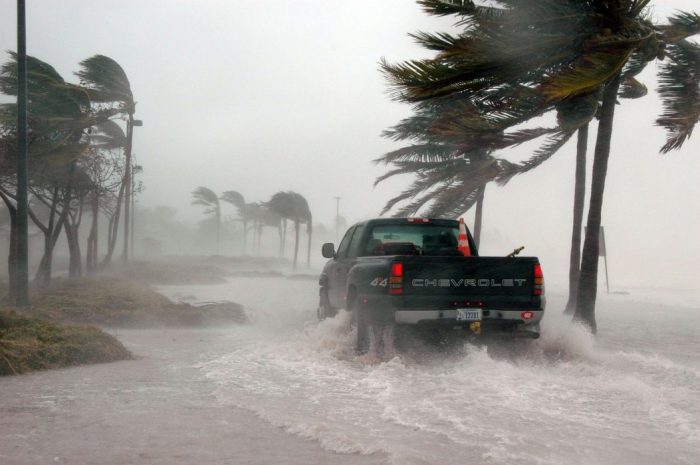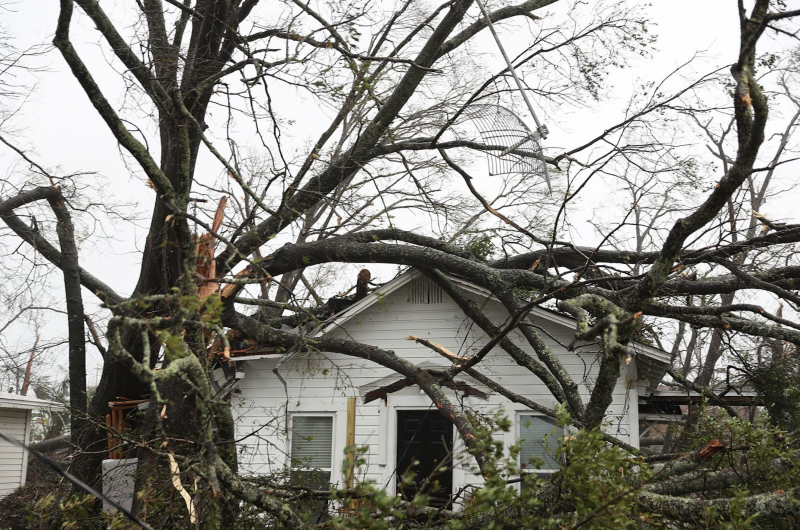The Threat of Storm Surge


The total water level = storm surge + tides + waves + freshwater input
As hurricanes approach land, discussions about storm surge and the dangers of storm surge flooding begin. This time is no different. Hurricane Michael, an extremely high Category 4 storm, powering through the Florida Panhandle brings two major impacts: wind speeds of more than 150 mph and a predicted storm surge of 14 feet in some coastal areas with up to a foot of rain.
So, what exactly is storm surge?
Several years ago, I attended a presentation by Chris Maier, National Warning Coordination Meteorologist, at NOAA’s National Weather Service. The presentation was entirely storm surge focused.

Here is what I learned:
- Storm surge is produced by water being pushed toward the shore by the force of the winds rotating cyclonically around the storm. The stronger the storm, the greater the surge.
- Storm surge is an abnormal rise of water generated by a storm, over and above the predicted astronomical tide.
- Storm tide is the water level rise during a storm due to the combination of storm surge and the astronomical tide.
- The stronger, faster, and more widespread the storm and its winds – the greater the storm surge.
- The six elements that influence storm surge are storm’s central pressure, intensity (wind speed), forward speed, geographic size, storm track/angle of approach, and coastal topography
- The total water level = storm surge + tides + waves + freshwater input.
More like this

Hurricane Lane: What We’re Watching Out For Today

